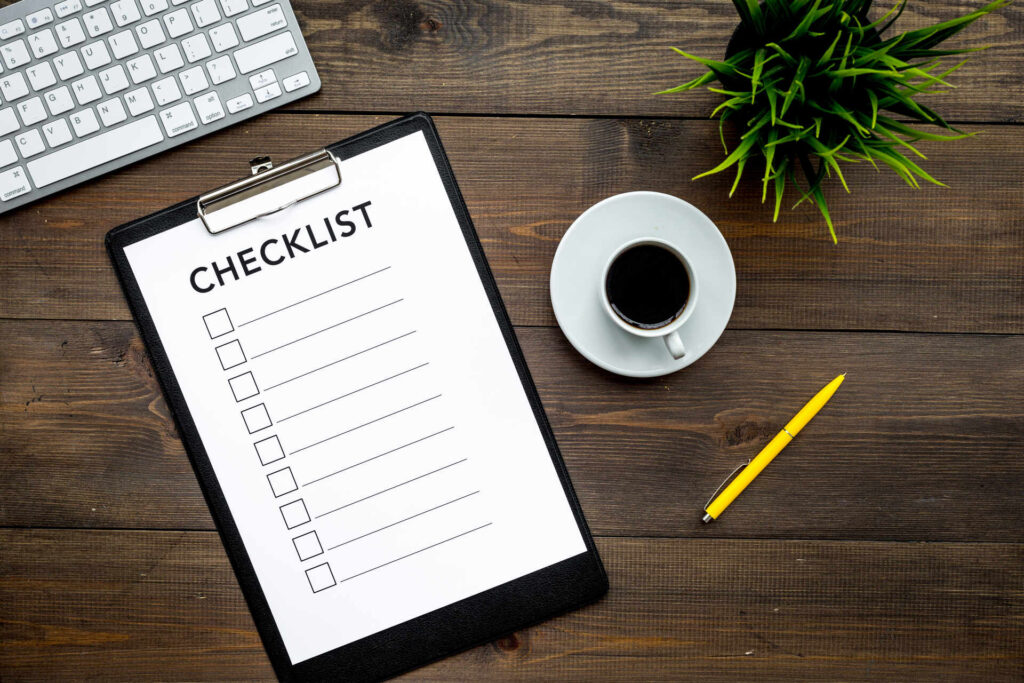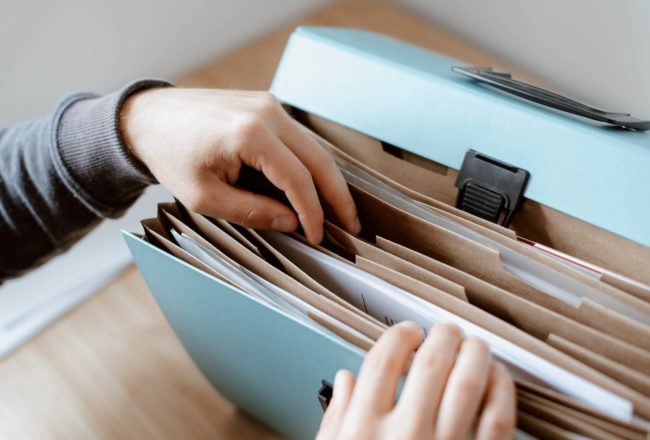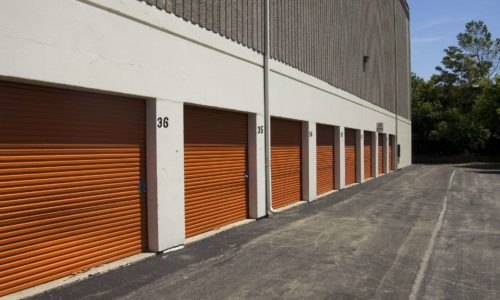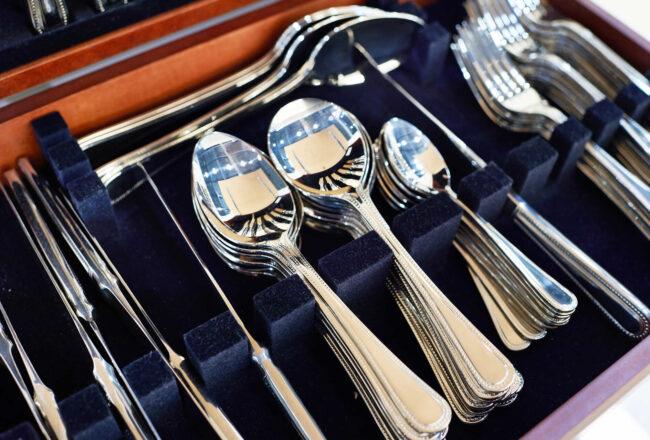Are you in the process of moving state-to-state? If so, it’s important to create a moving inventory. Having this document enables you to keep track of your belongings more easily, ensuring nothing gets lost or damaged during transit. In this article, we will go over all the steps and tips needed to create one, so make sure to keep on reading.
What Is a Home Inventory?
Moving into a new home can be an exciting experience, but it can also be incredibly overwhelming. That’s why one of the most important things you need to do when you move is to create a home inventory for your belongings. A home inventory is essentially an itemized list of all the possessions that you own. It includes details such as what each item is, where it’s located, and how much it’s worth.
How Do I Create a Home Inventory?
Creating a home inventory may seem like an intimidating task, but it doesn’t have to be! Start by walking through each room in your house and making a note of everything that’s there. When writing down the description for each item, make sure that the information is detailed enough so anyone can easily identify the item from just its description alone (don’t forget about any distinguishing features).
Take pictures or videos of each item as well, as this will serve as further proof for insurance purposes if something were to happen. Keep in mind that it’s important to update your home inventory regularly so that it remains accurate and up-to-date at all times.
Why Is It Important to Have It
Having a home inventory allows you to keep track of all of your possessions and makes it easier to file insurance claims in the event of a loss or theft. This information can prove invaluable if something were to happen to any of your moving list items, as it will allow you to accurately report the damage or loss to your insurance company.
Additionally, having an up-to-date home inventory will help ensure that you’re not paying too much in insurance over premiums, as you can adjust your coverage according to what items are actually in your possession at any given time.
When Should You Start Taking It
Ideally, taking home inventory should be done at least a month before the moving day. This gives you enough time to purchase any packing materials that may be needed (such as cardboard boxes, bubble wrap, or packing paper) and get used to the idea of taking down everything in your house so it can be moved with ease.
Additionally, it may be helpful to enlist the help of family members or friends during this process. Having multiple people work on taking inventory can save time (which is essential if you’re having a last-minute relocation) and make sure everything gets accounted for so you’ll move efficiently.

How to Make a Moving Inventory List?
Moving to another state can be overwhelming, but one of the best ways to make the process easier and stress-free is creating an inventory list. Here’s our step-by-step guide for creating a moving inventory list.
Start With Your Preparations Early
The key to making an effective moving inventory list is starting early. Begin compiling your list at least two weeks before the move, if not sooner. This way, you won’t be rushed and can take the time needed to thoroughly examine your possessions and accurately account for each item on your list.
Break It Down Into Smaller Steps
Instead of tackling everything at once, break down the task by working room by room. Create a separate inventory sheet in your relocation binder for each room in your home – this will make it easier to keep track of all your items as opposed to having them all crammed into one long piece of paper or spreadsheet document.
Make Sure to Use Details in Descriptions
As you create your moving inventory list, include as much detail as possible about each item on it. Don’t just jot down “lamp” – instead, write “black desk lamp with silver shade” or something similarly specific that will help you identify it later on when unpacking. If there are any items that have sentimental value to you (e.g., family heirlooms), make sure these are clearly marked on your moving inventory list as well so that they don’t get lost in the shuffle during the move. You should also label boxes containing valuable and fragile inventory.
Add Photos as a Reminder
Another layer of protection against misplacing or leaving behind any valuable possessions is taking photos of them before packing them into inventory boxes for transport. This way, even if an item does get misplaced or accidentally left behind during the move, you still have a reference point for later when trying to locate it again (or claiming insurance).

Outline and Organize Your List by Room Order
Outlining your list of items, organizing them into categories, and then breaking down the order in which they will be moved can help make sure that everything gets where it needs to go on time. Let’s look at how you can outline and organize your move.
When outlining your list of items, it helps to break them down into categories. For example, if you have furniture, break that list down by room for better packaging organization. That way, you can account for every item in each room of your house, so nothing gets left behind or forgotten when the move is complete. It also makes it easier to determine what kind of vehicle or moving equipment will be needed for the job, especially if you plan on doing some of the work yourself.
Once you have outlined all the items for each room, it’s important to consider the order in which these items will be moved from one place to another. Having a plan for how the new space should look can help ensure everything gets put away in its right place when you arrive at your new home or office. This can be overwhelming, and where should you even start?
In general, it’s best to start with smaller items like lamps or pillows first, followed by larger furniture pieces like couches or tables second, with appliances coming in last. This strategy not only helps maximize efficiency but also reduces the risk of damage and relocation mistakes since large objects won’t be placed on top of fragile ones during transport.
Another thing to have in mind is that there are some items movers won’t move, so you should consider getting rid of them instead of including them in your inventory and getting professional packing services. Now, let’s take a look at some room categories you can use when organizing your inventory.
Master/Kids' Bedroom
The bedroom is where we spend most of our days at home. Start by opening drawers and closet doors, taking notes as you go along about any valuable items inside. You don’t need to write down every article of clothing or miscellaneous item but rather focus on anything that has a significant value, such as jewelry and electronics. Be sure to include pieces like wall art, posters, mirrors, clocks, and lamps because these items are often forgotten when packing up the essentials.
Living Room/Family Room
This space typically houses furniture such as couches, rugs, end tables, and bookshelves which tend to be more expensive than other household items. Take note if there are any special features like built-in shelving or extra storage compartments in your furniture, as these details may not make it onto the inventory list if not noted directly beforehand. Additionally, be sure to record any electronics that may be stored away in this room, like gaming systems or speakers, along with their serial numbers for easy identification later on.
Kitchen/Dining Room
When dealing with kitchen items, try to stay organized by first making a list of appliances such as microwaves and blenders, then move on to other objects like dishes, utensils, and cookware sets (these are easy to forget about). You may also want to mention any decorative pieces that hang on your walls, like plates or plaques, or even elaborate chandeliers that will need extra care when packing up for transport. It’s also important not to forget about outdoor grills or garden equipment, so make sure those get added too.
Include All Important Information
When you are arranging your belongings and putting them in the inventory, make sure to include all the information. Your item list should contain all the necessary details, such as:
- Identification and explanation – Use the item’s name and try to be as descriptive as you can to identify the thing. If it’s a novel, you should use the book’s title. If it is a complicated kind of object with numerous makers and versions (such as television or a computer system), you should list them, along with the years they were produced.
- The cost of the item – when you purchased it is referred to here as the “cost at purchase.” If you do not have a receipt for the item, you might try searching for how much it costs. If not, please provide the best approximation you can.
- Current condition – Specify any specific damage that may be seen, such as cracks, chips, fading, and so on. Describe the overall condition of the object.
- Estimated value – Create an estimate of the item’s current price by using your best judgment. If you have a specialist item like a collectible that has grown in value over the years, you should look online to see what its market rate is at the moment. An expert evaluation of high-value goods, such as jewels, rare weaponry, or signed paintings, may also be something you want to consider. In these circumstances, the inventory should contain evidence of the item’s assessment as well as its value.
- Information on the packaging – This data set provides information regarding the packaging of an item as well as the safety measures that are taken to guarantee that it is transported without incident. Include the box in which it was stored, the room that the box is affiliated with, any noticeable markings that are on the box, and the location in the truck where the container is being stored.
- Notes – This section is for any additional information that you believe to be necessary, such as further information on product descriptions, particular cautions, packing material, serial numbers, and so on.
- Checklist for the home’s inventory – An individual inventory sheet or a figure written on the inventory itself both work for this purpose. This page contains a checklist for each container, with columns containing information such as “loaded,” “unloaded,” and “all items present.” You will be able to ensure that each and every moving box inventory is accounted for throughout the entirety of the moving interstate
Consider Hiring Professional State-to-State Movers
Professional movers can help take the stress out of interstate moving and ensure that your belongings arrive safely at your new destination if you get their relocation services. They can also save you time and money in the long run. If you’re considering hiring professional movers, be sure to get an inventory list from them so that you have a record of everything that was moved. This will help you make insurance claims if something gets damaged during transport. Long-distance moving can be a stressful experience, but with the help of professionals, it doesn’t have to be.













